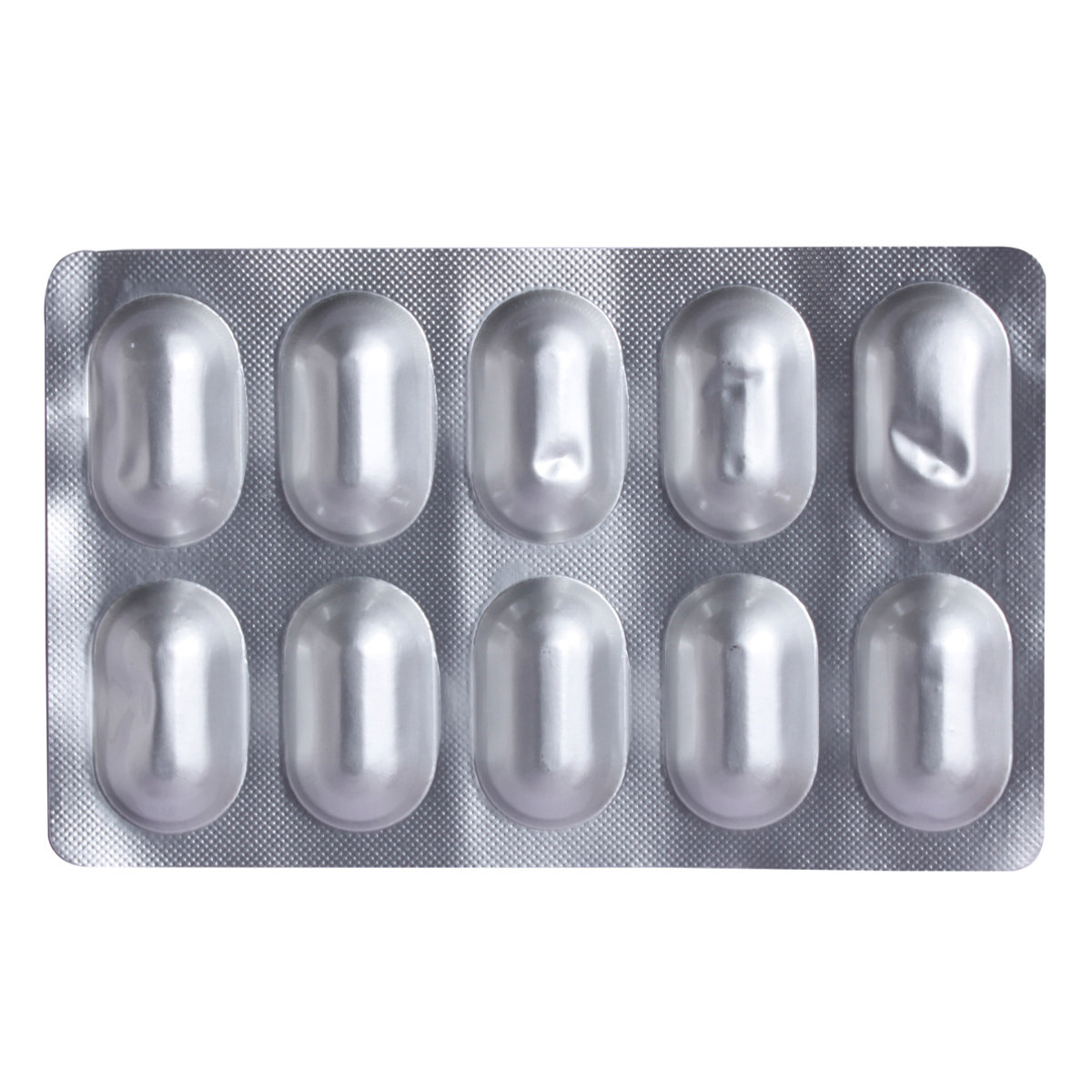Atropine Sulphate+hydrocortisone Acetate
About Atropine Sulphate+hydrocortisone Acetate
Atropine Sulphate+hydrocortisone Acetate belongs to a group of medications called 'Mydriatics and Cycloplegics', primarily used to treat uveitis. Uveitis is a type of eye inflammation that affects the uvea (the middle layer of the eye), resulting in eye pain, redness, and blurred vision.
Atropine Sulphate+hydrocortisone Acetate contains two active ingredients: Atropine Sulphate (a mydriatic) and Hydrocortisone Acetate (a corticosteroid). Atropine is an anticholinergic medication that works by blocking the action of a chemical called acetylcholine, which relaxes the ciliary muscles and causes the pupil to widen (dilate). Hydrocortisone Acetate works by inhibiting certain chemical messengers (such as prostaglandins) involved in inflammation, thereby reducing redness and swelling in the eyes. Together, these ingredients of Atropine Sulphate+hydrocortisone Acetate effectively relieve the symptoms of uveitis.
You are advised to use Atropine Sulphate+hydrocortisone Acetate for as long as your doctor has prescribed it, depending on your medical condition. In some cases, it may cause common side effects such as blurred vision, itching, irritation, redness, and a mild stinging sensation in the eye. Most of these side effects of Atropine Sulphate+hydrocortisone Acetate will resolve gradually over time without requiring medical attention. However, if you experience these side effects persistently, please consult your doctor.
Do not use Atropine Sulphate+hydrocortisone Acetate if you are allergic to any of its components, belladonna alkaloids, or corticosteroids. Inform your doctor before using Atropine Sulphate+hydrocortisone Acetate if you have any health conditions, such as fever and heart problems (including a fast heartbeat and high blood pressure). The use of Atropine Sulphate+hydrocortisone Acetate is not recommended if you have glaucoma (increased eye pressure). If you are pregnant, planning to become pregnant, or breastfeeding, please consult your doctor before using Atropine Sulphate+hydrocortisone Acetate. This medication should only be used in children if prescribed by a doctor. Atropine Sulphate+hydrocortisone Acetate may cause temporary blurred vision, so avoid driving or operating machines until your vision is clear.
Uses of Atropine Sulphate+hydrocortisone Acetate
Medicinal Benefits
Atropine Sulphate+hydrocortisone Acetate belongs to a group of medications called 'Mydriatics and Cycloplegics', primarily used to treat uveitis. It contains two medications: Atropine Sulphate and Hydrocortisone Acetate. Atropine is a mydriatic agent that blocks the action of a chemical called acetylcholine, relaxing the ciliary muscles and causing the pupil to dilate. Hydrocortisone Acetate is a corticosteroid that reduces eye redness and swelling by inhibiting certain chemical messengers (such as prostaglandins) involved in inflammation. Thus, Atropine Sulphate+hydrocortisone Acetate effectively relieves the symptoms of uveitis.
Directions for Use
- Follow your doctor’s instructions on the dosage and timing of this medication to ensure safe and effective use.
- Tilt your head back and gently pull your lower eyelid downward and outward. Gently squeeze the dropper to release the eye drops into your eyes. Blink your eyes a few times to help spread the medication.
- Avoid touching the dropper with your bare hands when administering the drops to prevent contamination.
Storage
Side Effects of Atropine Sulphate+hydrocortisone Acetate
- Blurred vision
- Itching
- Eye irritation
- Eye redness
- Mild stinging sensation in the eye
Drug Warnings
Do not use Atropine Sulphate+hydrocortisone Acetate if you are allergic to any of its components, belladonna alkaloids, or corticosteroids. Tell your doctor if you are currently taking any eye medications to rule out potential side effects or interactions. Additionally, inform your doctor before using Atropine Sulphate+hydrocortisone Acetate if you have any health conditions, such as fever, eye infections, or heart problems (including a fast heartbeat and high blood pressure). You are not recommended to use Atropine Sulphate+hydrocortisone Acetate if you have glaucoma (increased eye pressure). If you are pregnant, planning to become pregnant, or breastfeeding, please consult your doctor before using Atropine Sulphate+hydrocortisone Acetate. This medication should only be used in children if prescribed by a doctor. Atropine Sulphate+hydrocortisone Acetate may cause temporary blurred vision, so avoid driving or operating machines until your vision is clear. Avoid touching the dropper with your bare hands when administering the drops to prevent contamination. You should remove contact lenses before using Atropine Sulphate+hydrocortisone Acetate. If contact lens use is allowed, remove them before using Atropine Sulphate+hydrocortisone Acetate and reinsert them after 10 to 15 minutes. Atropine Sulphate+hydrocortisone Acetate may increase your sensitivity to light, so wear dark sunglasses to protect your eyes from bright light when going outdoors.
Drug Interactions
Drug-Drug Interactions: Atropine Sulphate+hydrocortisone Acetate may interact with monoamine oxidase (MAO) inhibitors (isocarboxazid, linezolid, phenelzine, tranylcypromine), and muscle relaxants (hyoscyamine).
Drug-Food Interactions: No interactions were found/established.
Drug-Disease Interactions: Atropine Sulphate+hydrocortisone Acetate may interact with certain disease conditions, such as fever, eye infections, heart problems (including a fast heartbeat and high blood pressure), and glaucoma (increased eye pressure).
Drug-Drug Interactions Checker List:
Safety Advice

Alcohol
cautionIt is unknown whether alcohol interacts with Atropine Sulphate+hydrocortisone Acetate. However, it is advisable not to consume alcohol as a precautionary measure.

Pregnancy
consult your doctorThere is limited information on whether Atropine Sulphate+hydrocortisone Acetate affects pregnancy. Please consult your doctor before using Atropine Sulphate+hydrocortisone Acetate if you are pregnant or planning to become pregnant. Your doctor will prescribe it only if the benefits outweigh the risks.

Breast Feeding
consult your doctorIt is unknown whether Atropine Sulphate+hydrocortisone Acetate passes into breast milk. Please consult your doctor before using Atropine Sulphate+hydrocortisone Acetate if you are breastfeeding. Your doctor will prescribe it only if the benefits outweigh the risks.

Driving
cautionAtropine Sulphate+hydrocortisone Acetate may cause temporary blurred vision. Therefore, avoid driving or operating machinery until your vision is clear.

Liver
consult your doctorPlease consult your doctor if you have any concerns regarding the use of Atropine Sulphate+hydrocortisone Acetate in case of liver impairment.

Kidney
consult your doctorPlease consult your doctor if you have any concerns regarding the use of Atropine Sulphate+hydrocortisone Acetate in case of kidney impairment.

Children
cautionAtropine Sulphate+hydrocortisone Acetate should be used in children only if prescribed by the doctor.
Habit Forming
Diet & Lifestyle Advise
- Incorporate fish, legumes, nuts, green leafy vegetables, citrus fruits, sweet potatoes, carrots, and eggs into your diet, as they help improve eyesight.
- Avoid or limit your intake of caffeine and alcohol.
- Wear sunglasses to protect your eyes from sensitivity to light when stepping outdoors.
- Maintain proper lens hygiene by cleaning your lenses with lens solution.
- Reduce screen time and avoid staring at digital screens for a long time.
- Avoid touching your eyes with dirty hands, as this may cause infection.
- Get regular eye examinations done.
Special Advise
- A regular eye check-up is advised before and during the treatment if you have had any eye problems.
Patients Concern
Disease/Condition Glossary
Uveitis: It is a type of eye inflammation that affects the uvea, the middle layer of the eye. Symptoms may appear suddenly and worsen rapidly. Common symptoms include eye pain, redness, increased light sensitivity, and blurred vision. It can occur at any age, including in children. Potential causes include injuries, infections, or autoimmune or inflammatory diseases. If left untreated, uveitis can lead to permanent vision loss, making early diagnosis and treatment crucial to preventing complications and preserving vision.
FAQs
Atropine Sulphate+hydrocortisone Acetate belongs to a group of medications called 'Mydriatics and Cycloplegics', primarily used to treat uveitis (eye inflammation).
Atropine Sulphate+hydrocortisone Acetate contains two medications: Atropine Sulphate (a mydriatic) and Hydrocortisone Acetate (a corticosteroid). Atropine is an anticholinergic agent that works by blocking the action of a chemical called acetylcholine, which relaxes the ciliary muscles and causes the pupil to widen (dilate). Hydrocortisone Acetate works by inhibiting certain chemical messengers (such as prostaglandins) involved in inflammation, thereby reducing redness and swelling in the eyes. Together, these ingredients of Atropine Sulphate+hydrocortisone Acetate effectively relieve the symptoms of uveitis.
Atropine Sulphate+hydrocortisone Acetate may cause common side effects such as blurred vision, itching, irritation, redness, and a mild stinging sensation in the eye in some individuals. Most of these side effects of Atropine Sulphate+hydrocortisone Acetate will resolve gradually over time without requiring medical attention. However, if you experience these side effects persistently, please consult your doctor.
Do not stop using Atropine Sulphate+hydrocortisone Acetate on your own without consulting your doctor. Continue using Atropine Sulphate+hydrocortisone Acetate for as long as your doctor has prescribed it for effective results.
Yes, Atropine Sulphate+hydrocortisone Acetate may cause temporary blurred vision. Therefore, avoid driving or operating machinery until your vision is clear.
Atropine Sulphate+hydrocortisone Acetate may cause discolouration of soft contact lenses. Therefore, remove contact lenses before using Atropine Sulphate+hydrocortisone Acetate and reinsert them after 10 to 15 minutes.







